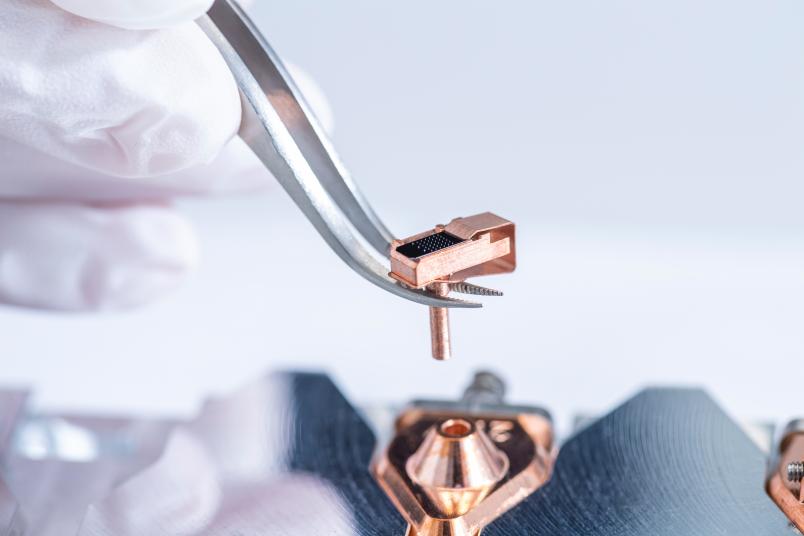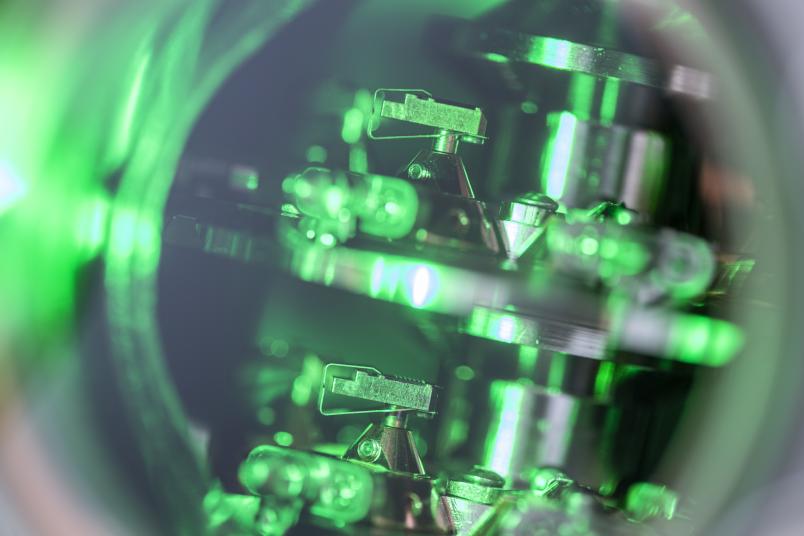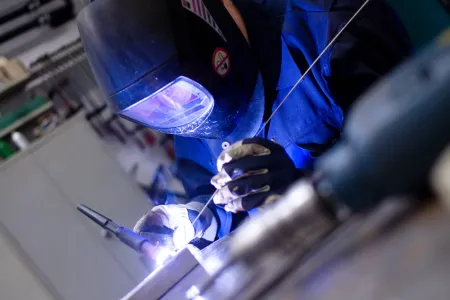Materials Science
Extending the Lifespan of Electrocatalysts
A research team has discovered how to keep a cobalt-based oxide electrocatalyst active and stable. The element chromium plays a crucial role in this process.
Although chromium itself is not an active element, its continuous dissolution enables a reversible surface transformation that keeps the Co-Cr spinel oxide electrocatalyst active and stable. This could significantly improve the efficiency of hydrogen production. These findings stem from researchers at Ruhr University Bochum, Germany, the Max Planck Institutes for Sustainable Materials in Düsseldorf and for Coal Research in Mülheim, Forschungszentrum Jülich and the Helmholtz Institute for Renewable Energies in Erlangen-Nürnberg. They report their results in the journal Nature Communications on November 10, 2025.
Co-Cr spinel oxide is a chemical compound consisting of cobalt, chromium, and oxygen, with a special crystal structure known as spinel. In this structure, the metal ions cobalt and chromium are arranged in a specific pattern with oxygen ions. Co-based spinel oxide is often used as an electrocatalyst, particularly for the oxygen evolution reaction. Oxygen evolution reaction electrocatalysts are often noble metal oxides. Co spinel oxide in contrast offers an affordable alternative as the anode electrocatalyst for water electrolysis – the decomposition of water into hydrogen and oxygen. So far, however, Co spinel oxide often lost the activity very rapidly during the reaction. And this is precisely where the research of the new study comes in.
“The oxygen evolution reaction is slow and forms the bottleneck of the entire system,” says Prof. Dr. Tong Li, Professor of Atomic-Scale Characterisation at Ruhr University Bochum. The element chromium in the Co-Cr spinel oxide catalyst is not itself active in the oxygen evolution reaction. “Interestingly, however, the catalyst becomes very active and stable when a lot of chromium is added in Co spinel oxide,” Tong Li explains. The reason for this is that chromium continuously dissolves during the reaction, forming oxyhydroxide. “This enables a reversible transformation between hydroxide and oxyhydroxide. This transformation activates the cobalt in the catalyst and maintains its activity over a long period,” she adds.
“The leaching of chromium is therefore not bad. This is not at all intuitive,” Tong Li explains the surprising result. Tong Li is an expert in atom probe tomography, a method that helps visualize the spatial distribution of materials atom by atom. In this study on Co-Cr spinel oxide, she and her colleagues combined this method with transmission electron microscopy, X-ray absorption spectroscopy, X-ray photoemission spectroscopy, in situ Raman spectroscopy, and electrochemical measurements.
The study shows that the continuous dissolution of chromium can significantly improve the activity and stability of cobalt spinel oxide electrocatalysts for oxygen evolution reaction. This research could pave the way for more efficient and sustainable catalysts. “The new atomic understanding is crucial for optimizing electrocatalysts for practical applications, such as hydrogen production, a promising energy carrier for the future,” says Tong Li.
Funding
Original Publication
Press Contact


